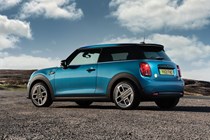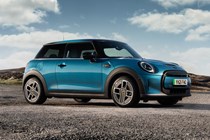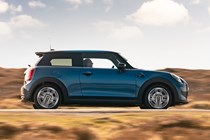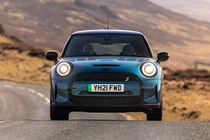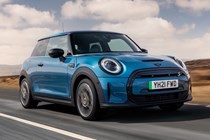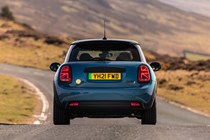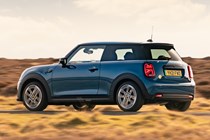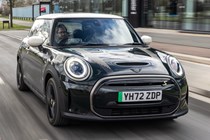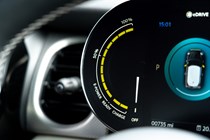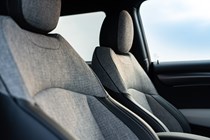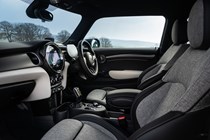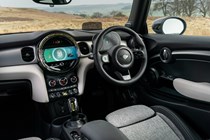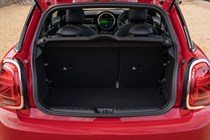MINI Electric Hatch running costs and reliability
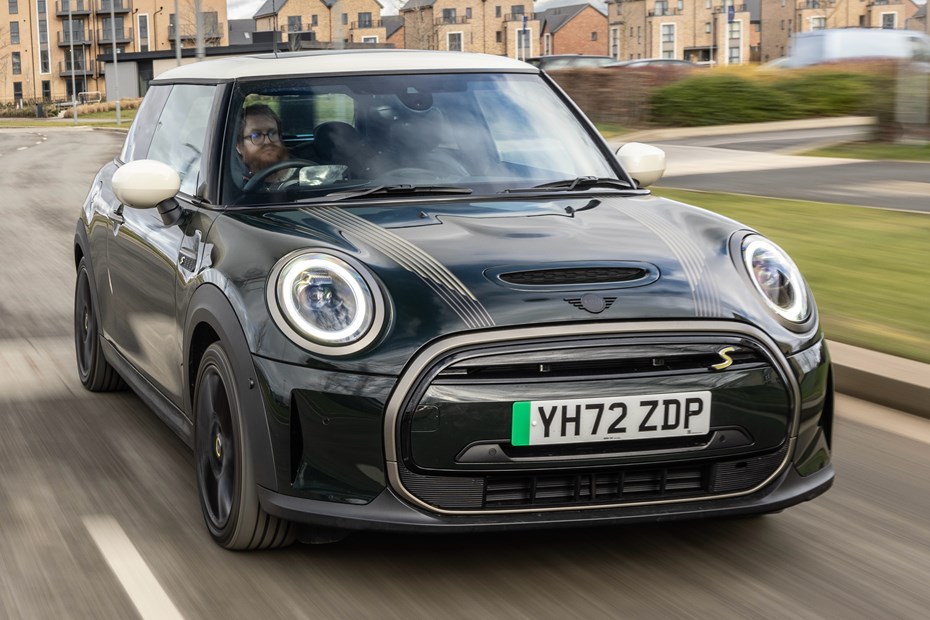
Miles per pound (mpp) ⓘ
| Electric motors, home charging | 11.5 - 13.2 mpp |
|---|---|
| Electric motors, public charging | 6.2 - 7.1 mpp |
Fuel economy ⓘ
| Electric motors | 3.9 - 4.5 miles/kWh |
|---|
- Electric powertrain means low tax…
- … and reasonable servicing costs
- Range isn’t competitive with best rivals
What are the running costs?
The MINI Electric’s range isn’t competitive with the best EVs in its class. MINI says it can travel 145 miles between charges but, in the real world, that figure’s more like 100 miles. Factor in some cold weather and a spot of enthusiastic driving and you can expect the MINI Electric’s maximum range to fall as low as 80 miles.
For comparison, Peugeot says the e-208 has an official WLTP range of 225 miles. During our time with the car, we managed to extract around 150 real-world miles in mixed driving conditions, which makes that car a more attractive prospect for those with severe range anxiety.
But the Honda e, which is arguably the MINI Electric’s closest rival, faces similar issues. That car has an even lower official electric range of 137 miles, which also drops into double digits under extreme real-world circumstances. Just bear in mind that both cars are designed for urban duties and their success hinges on their fashionable looks rather than their long-distance capability.
There’s an upside to the tiny range, too. Because the MINI Electric only has a small 32.6kWh battery pack, it charges quickly. It takes three hours and 12 minutes to charge the battery to 80% capacity using a 7.4kW wallbox and a mere 36 minutes when it’s connected to a 50kW DC rapid charger. If you’re in a pinch, you can even charge the car up from a normal three-pin plug in around 12 hours.
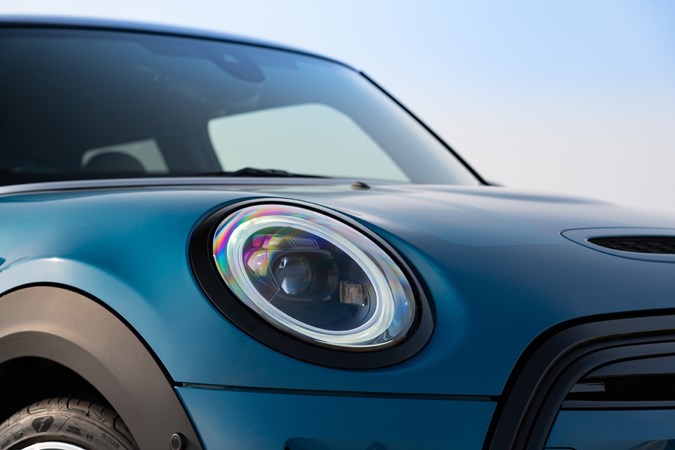
Servicing and warranty
MINI offers a couple of service packages to help spread the cost of maintenance over time. First off, there’s a £10 per month package which covers the cost of routine checks like fluid top-ups, sat-nav map updates and seasonal health checks. It also covers the cost of the car’s first MOT.
There’s an additional service package called MINI Electric Service Inclusive which provides you with a brake fluid servicing, filter servicing and a vehicle check programme for four years. Both options are also price-fixed from the date you take them out, so your payments won’t increase due to inflation.
Like all the company’s new cars, the MINI Electric comes with a three-year warranty as standard, which is matched by key rivals like the Honda e and Peugeot e-208. However, it still looks a little mean alongside the seven-year warranties offered with the likes of the Kia Niro EV and MG ZS EV.
However, you can choose to extend your MINI Electric’s warranty for an additional fee. MINI also guarantees its EV’s battery pack for eight years or 100,000 miles, whichever comes first.
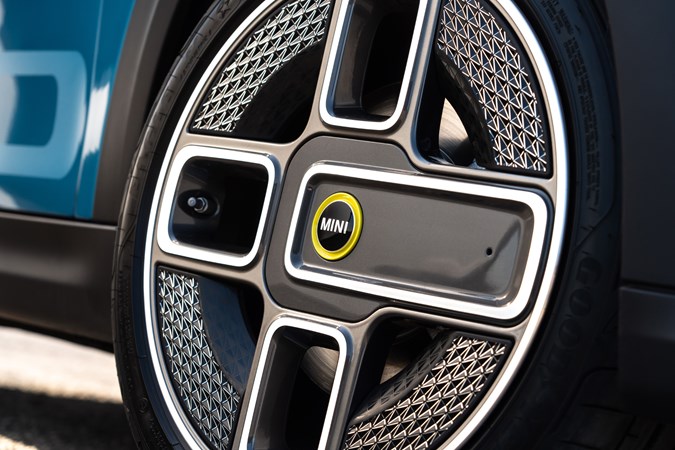
Reliability
- Petrol-powered MINI Hatch is dependable
- Fewer moving parts to break on EV model
- Battery pack guaranteed for eight years
The MINI Electric has fewer moving parts than its combustion-powered sibling (an electric motor has just one rotating component compared to hundreds in a petrol engine) which means there should be less chance of mechanical failure.
It’s also worth mentioning that the car’s electric motor was used in the BMW i3 for years before it was shoehorned into the MINI Hatch – and there are still thousands of those cars reliably rolling around Britain’s towns to this day.
Remember that it’s a premium car, too. BMW didn’t scrimp on development costs when it first designed the MINI Hatch and, although the electric model was a bit of a last-minute rush job to get those carbon credits on its balance sheet, it’s still an exceptionally well-made motor.
Ongoing running costs
| Road tax | £195 |
|---|---|
| Insurance group | 20 - 26 |
Get an insurance quote with

|
|



